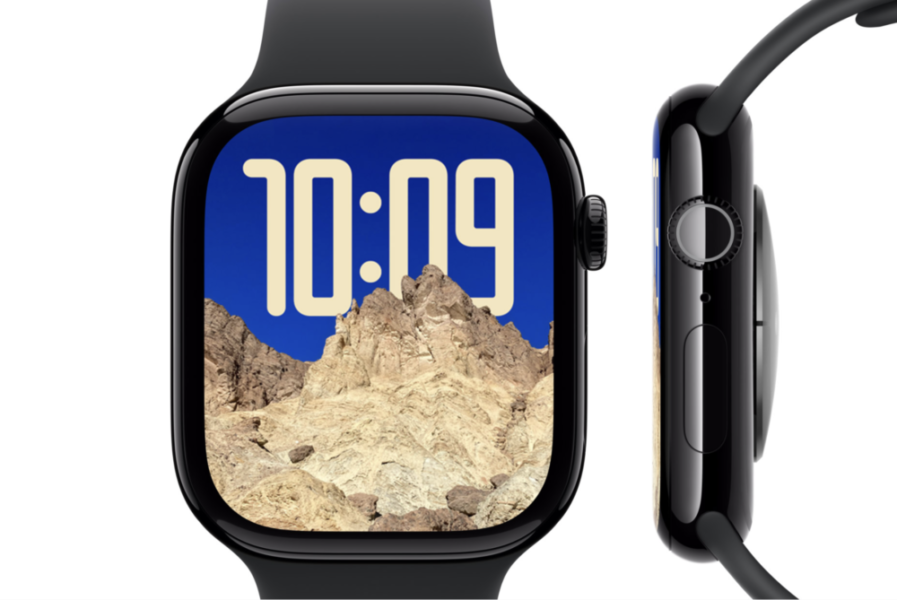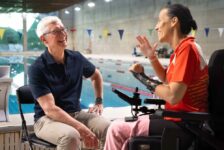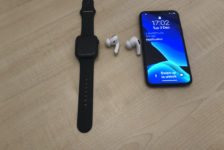Yesterday, Apple revealed the highly anticipated Apple Watch Series 10, continuing its tradition of blending cutting-edge technology with sleek design. At the launch event, CEO Tim Cook proudly spoke about how the Apple Watch has “deeply impacted the lives of millions of people” by helping them stay active, healthy, and connected. This latest iteration pushes the envelope even further with new features like sleep apnea notifications. It’s yet another impressive leap forward in Apple’s mission to help people monitor their health and wellbeing, all from a device worn on their wrist.
However, as a person with a severe physical disability, my excitement for the Apple Watch Series 10 was tempered by a sense of disappointment. While Cook’s words were undoubtedly inspiring, the event highlighted an all-too-familiar blind spot: accessibility for people with significant disabilities remains an ongoing issue, despite these yearly innovations.
What the Apple Watch Series 10 could mean for disabled users
More than any other Apple device, the Apple Watch has the potential to significantly improve the quality of life for vulnerable disabled people. The personal safety and health monitoring features are crucial, particularly for those of us with limited arm and hand mobility. The Watch could help us monitor our health, manage safety concerns, and stay connected to loved ones—if only we could fully access its features.
The Apple Watch Series 10 could be so much more than just another smart device; for those with severe disabilities, it could be a lifeline. Whether it’s fall detection, health tracking, or even daily reminders, the potential is immense. But accessibility remains a persistent barrier, limiting the impact it can have on those who need it most.
The accessibility gap: my experience as a disabled user
As a long-time Apple Watch user, I have personally encountered its accessibility limitations. Despite Apple’s advances in assistive technology, there are still significant usability issues that frustrate disabled users like myself. The touch-based interface, along with the reliance on wrist movements to activate Siri and voice control, presents challenges for many of us who cannot perform such actions easily. These design choices do not always align with the physical and cognitive needs of disabled people, limiting the Watch’s full potential. I wrote an opinion piece for The Register recently that outlines these challenges in detail. The piece highlights the specific hurdles people with severe disabilities face when trying to make the most of the Apple Watch. You can read it here.
A call to action: Apple, we need more
Apple has the capability and the resources to make the Apple Watch Series 10 truly inclusive. If Apple wants to live up to its promise of innovation and impact, it must focus on addressing these accessibility issues. The Apple Watch could empower millions more people if its features were designed with the disabled community in mind.
I urge Apple to take the necessary steps to bridge this accessibility gap. By consulting with disabled users and incorporating their feedback, Apple could make the Apple Watch Series 10 an indispensable tool for everyone, regardless of physical ability.
Apple has always been at the forefront of accessibility and innovation. Now is the time for the company to ensure that the benefits of this innovation are felt equally by all. I remain hopeful, but until real change comes, I’ll continue questioning whether future Apple Watches will ever be able to make a meaningful difference in my daily life.
Conclusion: the path forward
Innovation in technology should not be a privilege; it should be a right. This sentiment was echoed recently at the Paralympic Games in Paris, where the World Health Organisation (WHO) and the International Paralympic Committee (IPC) highlighted the urgent need for better access to assistive technology.
The Apple Watch Series 10 is a prime example of this potential. It’s an incredible device with the capability to transform the lives of disabled users in ways we can only imagine. However, until it becomes fully accessible, it remains an untapped opportunity—a promise yet to be fulfilled. Apple, it’s time to turn that promise into reality.
Do you struggle with accessing the Apple Watch? Reach out and let us know






